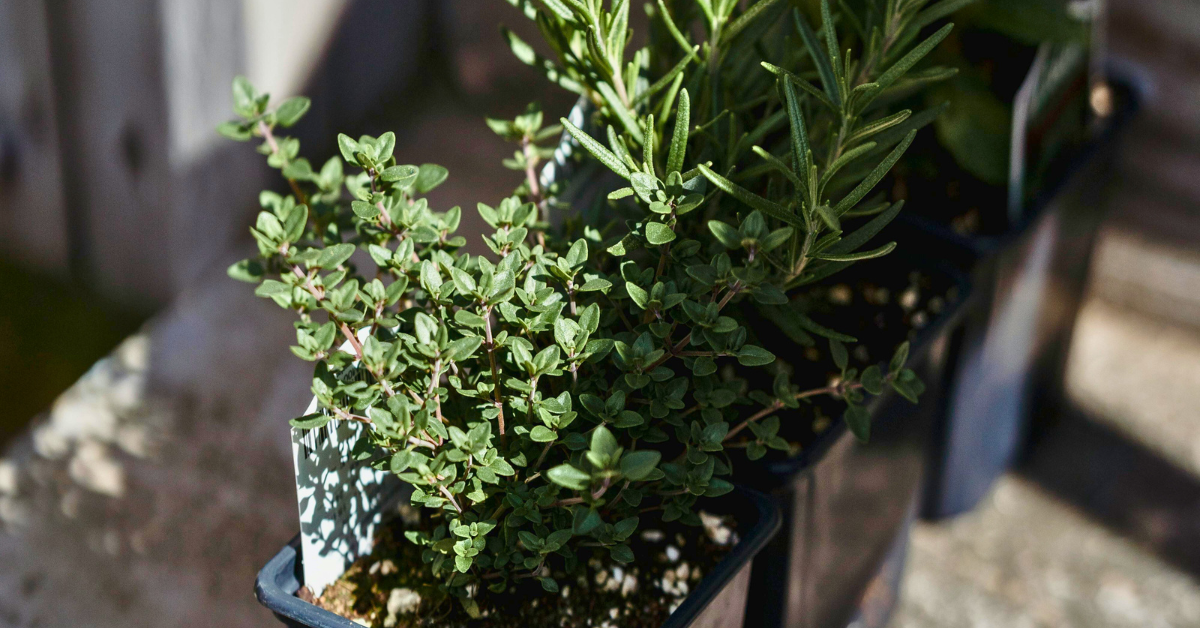Cities can present unique challenges for gardeners, especially those with limited growing space. However, with the right strategies and techniques, even the smallest outdoor areas and balconies can be transformed into vibrant green spaces bursting with life.
When gardening on a balcony, selecting the right plants is crucial. Opt for compact and dwarf varieties that thrive in containers, such as patio varieties of tomatoes, peppers, herbs like basil and thyme, lettuce, and strawberries. These plants not only fit well in confined spaces but also offer a bountiful harvest throughout the growing season.
Vertical space is often underutilized in balcony gardening but can be a game-changer for maximizing growing area. Consider installing wall-mounted planters, hanging baskets, or trellises to grow vining crops like peas, beans, cucumbers, and small-fruited tomatoes. By training plants to grow upwards, you can take advantage of sunlight exposure and airflow while minimizing the footprint on your balcony.
Container gardening is the cornerstone of balcony gardening. When selecting containers, choose ones with adequate drainage holes to prevent waterlogging, and opt for lightweight, weather-resistant materials like plastic, fiberglass, or resin. Consider using vertical stackable planters or tiered shelving units to create a tiered garden, maximizing space efficiency.
Sunlight is a critical factor in balcony gardening success. Assess your balcony’s sunlight exposure throughout the day and select plants accordingly. Most vegetables and herbs require at least 6-8 hours of direct sunlight daily to thrive. Utilize reflective surfaces like mirrors or light-colored walls to bounce sunlight onto plants, especially in shaded areas.
Proper watering and maintenance are essential for balcony garden success. Monitor soil moisture regularly, as containers can dry out quickly, especially during hot, dry periods. Water plants thoroughly whenever the top inch of soil feels dry to the touch. Consider installing a drip irrigation system or self-watering containers to maintain consistent moisture levels and reduce the frequency of manual watering. Incorporate organic fertilizers and plant-based compost into container soil to provide essential nutrients for healthy plant growth throughout the growing season.


Companion planting and pest control are integral parts of balcony gardening. Use companion planting techniques to maximize space and naturally repel pests. Plant aromatic herbs like basil, rosemary, and mint to deter common garden pests like aphids, mosquitoes, and whiteflies. Introduce beneficial insects like ladybugs and lacewings to your balcony garden to help control pest populations naturally. Consider adding flowers like dwarf zinnias, nasturtiums and marigolds for visual beauty and as an additional source of food for beneficial insects.
Harvesting fresh produce is one of the joys of balcony gardening. Regularly harvest ripe fruits, vegetables, and herbs to encourage continued production and prevent overcrowding in containers. Embrace the satisfaction of growing your own food and savor the fresh flavors of homegrown produce right from your balcony garden.

